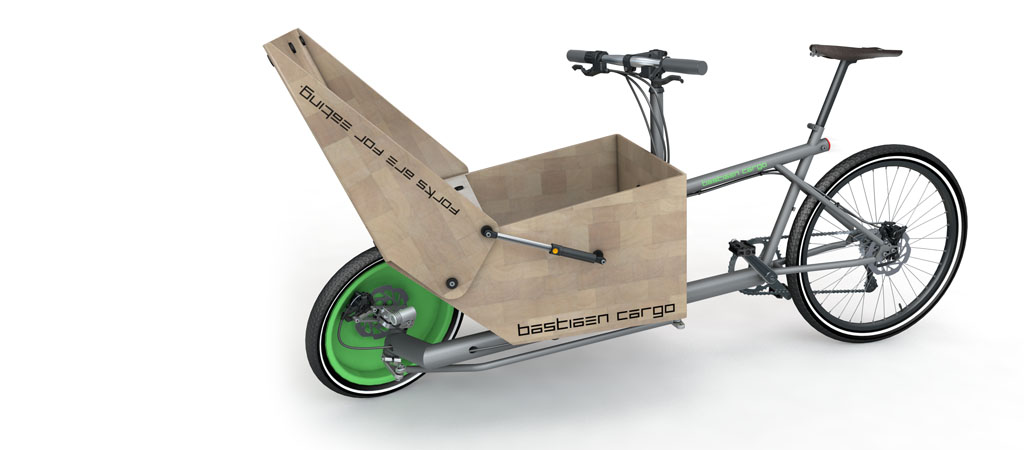customind | Sven Bastiaen Schulz
What is 3D-printing?
3D-Printing is used in general to summarize a wide range of manufacturing technologies, that have two things in common: they work without a shape specific tool and they work by adding material, usually in layers. Amongst those technologies are Selective Laser Sintering (SLS), Stereolithography (SLA), Fused Deposition Modelling (FDM) and many, many others, all with their specific advantages.
What are the advantages of 3D printing in general?
As no tool is needed, individual pieces can be built. From an economical point of view this eases market entry for startups, as no big investments are necessary and time-to-marked is drastically reduced. With some of the processes the shapes created can be as complex as you like, without additional cost. This means complex multi-part assemblies can be integrated in a single component, saving weight, assemby cost and maintenance.
What are the disadvantages of 3D-printing?
3D-printing is still quite slow and comparatively expensive and will probably never be the fastest production technology in the world. In plastics the range of materials is still quite small and the quality is not on par with injection moulding materials. It also has to be noted, that the manufacture of customized parts poses completely new problems concerning quality assessment, ecological impact and legal matters.
What´s „Design for 3D-Printing“?
At customind we understand „Design for 3D-printing“ as an integrated process of developing a business-model, a conceptual design, mechanical construction up to the visual design of a configurator that brings customization to the user.
What´s the hype about 3D printing?
As patents expired, some of the technology suddenly became accessible to the general public at low cost which attends a huge crowd and creates a large buzz. But while this certaily brings down cost and speeds up development as investors get attracted, many of the promises currently made will not be realistic for some time. So take your time to consider carefully and let´s look into your ideas.
What is Mass Customisation?
Basically Mass Customization is where the white-collar-economist meets the nerd, only until very recently they did´t talk much with each other. Mass customization means mass producing individualized goods. 3D-printers are the suitable machines to do so. What´s missing to join the two is a suitable business model and a configurator.
What is a configurator?
A configurator is a tool, that allows a user with no or little understanding of production technology, engineering etc. to tweak a product to his or her specific needs within defined constraints. Today configurators are usually web based. BUT: while it is comparatively easy to develop the constraints in form of parametrical data models and produce from this data on a 3D-printer, it is still so much effort to program a configurator, that many small business models centered around 3D-printing are not feasible. This will change soon – however – and your idea might be worthwhile to consider then.
Contact
Sven Bastiaen Schulz
Dipl.-Des.
Maarweg 29
D-53123 Bonn
+49 (0)228 96100479
UStID DE242681564




